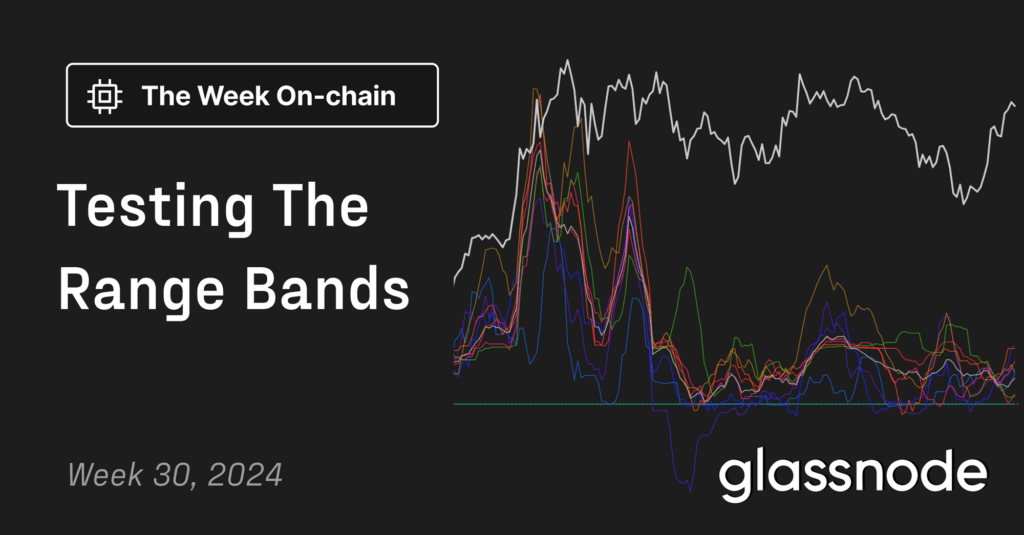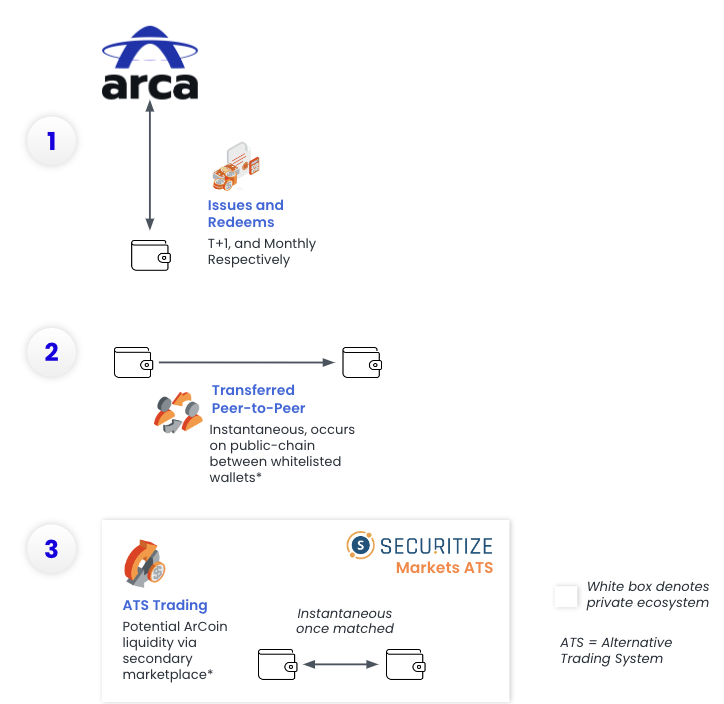Research Summary
The report provides an in-depth analysis of the Bitcoin block size war of the 2010s, offering unique perspectives from Ethereum co-founder Vitalik Buterin. It explores the ideological divide within the Bitcoin community, the implications for Bitcoin’s development path, scalability, and governance model, and the lessons learned for other digital communities.
Key Takeaways
Understanding the Block Size War
- Origins of the Debate: The block size war was a fundamental ideological split within the Bitcoin community. It centered on whether Bitcoin should primarily be a store of value or a means of payment, with implications for the cryptocurrency’s development path, scalability, and governance model.
- Small Blockers vs. Big Blockers: Small blockers prioritized the ease of running a node and were conservative about block size increases, fearing that larger blocks could centralize control and compromise anonymity. Big blockers focused on Bitcoin’s intended function as a means of payment, advocating for larger block sizes to keep transaction fees low.
- Impact of the New York Agreement: The New York Agreement of 2017, which proposed activating Segregated Witness and a 2 MB hard fork, exemplifies what small blockers viewed as an undesirable shift towards corporate governance in Bitcoin.
Lessons from the Block Size War
- Importance of Execution Competence: The block size war highlighted the importance of execution competence in technical debates. While big blockers recognized issues with small blocks, they lacked the technical skill to execute solutions, leading to their eventual decline.
- The One-Sided Competence Trap: The report identifies the “one-sided competence trap” as a problem where opposition groups focus more on opposing than building, leading to a lack of competence and eventual decline. This was evident in the case of Bitcoin Cash, a result of a split from Bitcoin over block size debates.
Implications for Other Digital Communities
- Learning from Bitcoin’s Internal Debates: The report emphasizes the importance of learning from Bitcoin’s internal debates and technological challenges to improve other digital communities, including Ethereum. Ethereum’s commitment to client diversity and innovative approach to layer 2 solutions were shaped by understanding Bitcoin’s limitations.
- Building Successful, Cooperative Futures: The Bitcoin civil war serves as a lesson for other digital communities on how to navigate high-stakes internal conflicts and build successful, cooperative futures. The report recommends reading “The Blocksize War” by Jonathan Bier and “Hijacking Bitcoin” by Patterson and Ver to understand Bitcoin’s historical civil war and its implications for future digital nations.
Actionable Insights
- Recognize the Importance of Execution Competence: The block size war highlighted the importance of execution competence in technical debates. Digital communities should ensure they have the technical skills to execute solutions to recognized issues.
- Avoid the One-Sided Competence Trap: Opposition groups should focus on building competence rather than merely opposing, to avoid falling into the one-sided competence trap. This requires intentional competence-building within the group.
- Learn from Past Debates: Digital communities should learn from past internal debates and technological challenges, such as Bitcoin’s block size war, to improve their own communities. This includes understanding the limitations of previous approaches and innovating to overcome these limitations.













